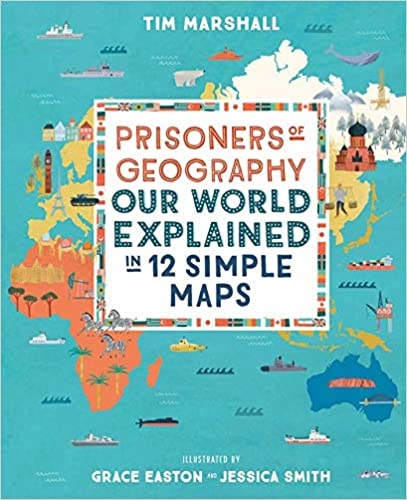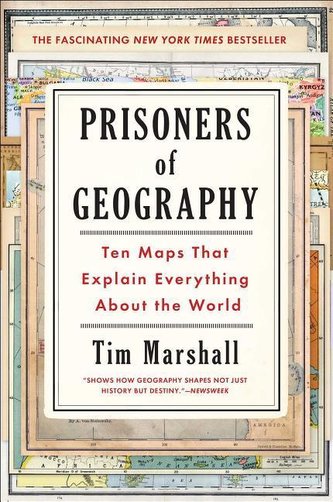


By contrast, in resource-rich Western Europe, featured in Chapter 4, the main rivers don’t connect and mountain ranges divide regions, resulting in the emergence of separate nation-states with different languages and a propensity for war.Ĭhapter 5 considers how geographical challenges, from the Sahara Desert in the north, to the dense tropical jungles of the midsection, to the arid and mountainous south, have stymied Africa’s development. Moving eastward, Chapter 2 describes the variety of natural formations-including the Tibetan Plateau, the Himalayas, jungles, deserts, and the Pacific Ocean-that delineate the borders of China, even as the country’s coastal location allows it to reach out to rest of the world through trade and its military.Ĭhapter 3 examines the United States, with its splendid isolation between two oceans, excellent river system, and productive agriculture-all of which have contributed to its generally stable growth as a nation with a common language and heritage. Chapter 1 explores Russia, where the North European Plain, which opens a path from western European armies directly into Russia, has contributed to the Russians’ desire to control a buffer zone of countries between it and the rest of the world.


 0 kommentar(er)
0 kommentar(er)
